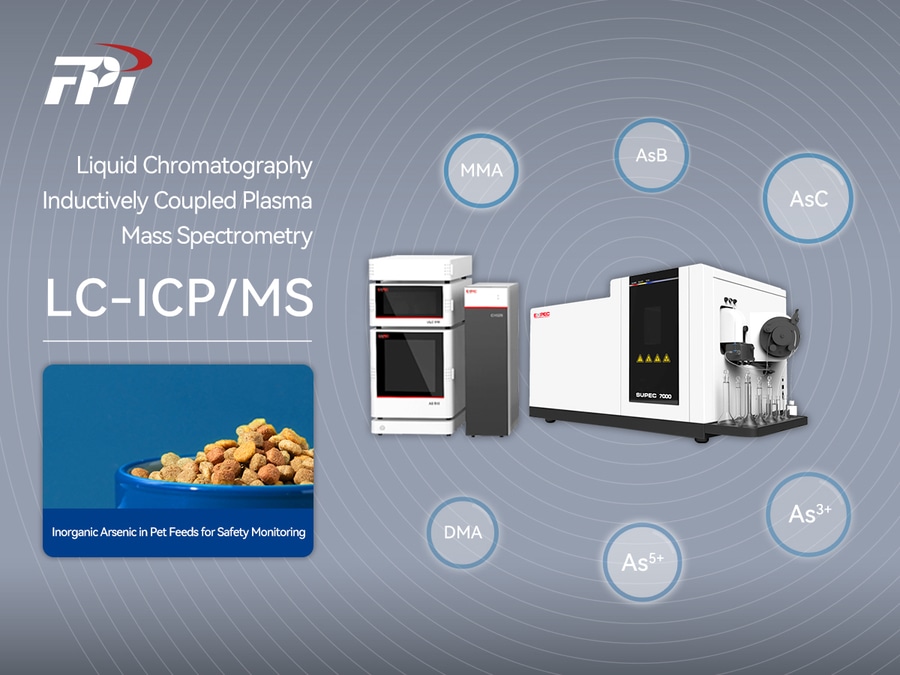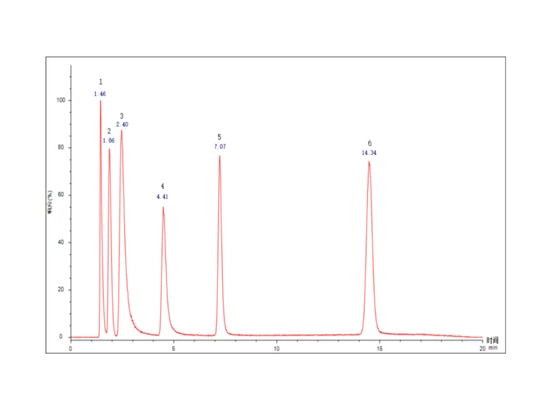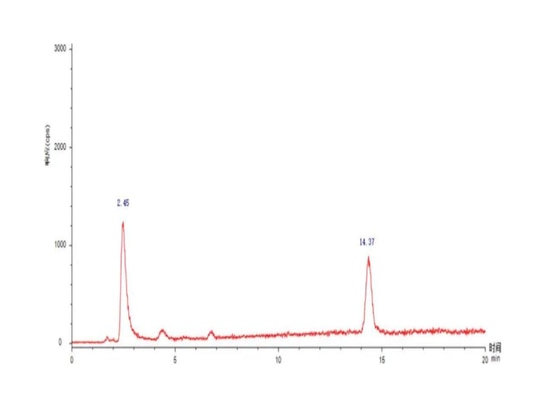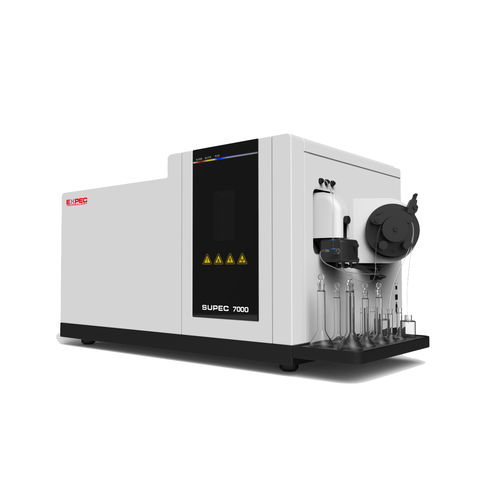
#Product Trends
FPI Adopts LC-ICP/MS to Analyze Inorganic Arsenic in Pet Feeds for Safety Monitoring
Consumer demand in the pet industry continues to increase as demographics change, spending power improves, life attitudes change and the number of pets continues to grow.
According to Frost & Sullivan, the number of pets in China has grown from 190 million in 2014 to 302 million in 2019 and is expected to grow further to 446 million by 2024.
The global pet food market size has been on a year-on-year rise since 2017. According to Euromonitor data, the global pet food market size was USD 87.765 billion in 2017 and grew to USD 114.942 billion in 2021, at a CAGR of 6.98%. The global pet food market is expected to reach USD 123.637 billion in 2022 and is expected to grow to USD 165.412 billion in 2026. As the demand for pet food continues to grow, the safety of pet food is also a growing concern for pet owners.
Arsenic is widely used in industry, agriculture, and non-ferrous alloys, and is easily accumulated in environmental plants and enters pets through the food chain, causing acute or chronic poisoning. The toxicity of arsenic is related to its chemical form, and the toxicity of arsenic in different valence and forms varies greatly. Inorganic arsenic is the most toxic, methyl arsenic (MMA) and dimethyl arsenic (DMA) are less toxic, while arsenic betaine (AsB) and arsenic choline (AsC) are almost non-toxic. Therefore, it is necessary to use a highly sensitive analytical method for the morphology and content of various arsenic in pet feed.
FPI has established an LC-ICP/MS system for the analysis of inorganic arsenic in pet feeds, based on its rich experience in mass spectrometry technology development, to protect pet food safety.
Experimental Performance
The linearity of the standard curves of AsC, AsB, As3+, DMA, MMA and As5+ reached above 0.999, and the separation of each form of arsenic was good, as shown in Fig. 1, Fig. 2 and Fig. 3.
The six arsenic forms of AsC, AsB, As3+, DMA, MMA, and As5+ were separated within 20 min by establishing LC-ICP/MS for the determination of arsenic forms in pet food samples using ammonium dihydrogen phosphate and water as mobile phases, and detected by inductively coupled plasma mass spectrometry in collision mode . It was shown that FPI‘s LC-ICP/MS can effectively meet the rapid determination of the six arsenic forms in pet food.
In addition, the technology has the advantages of being fast, accurate and reliable, which can meet the needs of pet food safety monitoring, providing comprehensive technical support for pet food safety monitoring and a strong guarantee for pet health.
For more experimental data, feel free to visit and contact the online service staff via FPI Online: online.fpi-inc.com/








